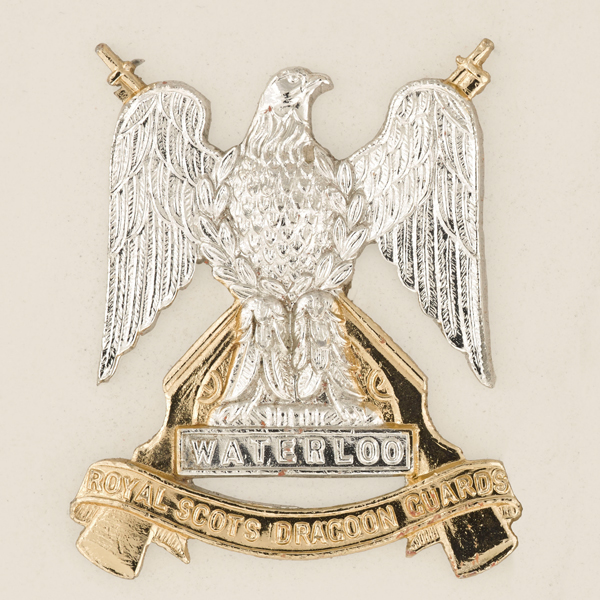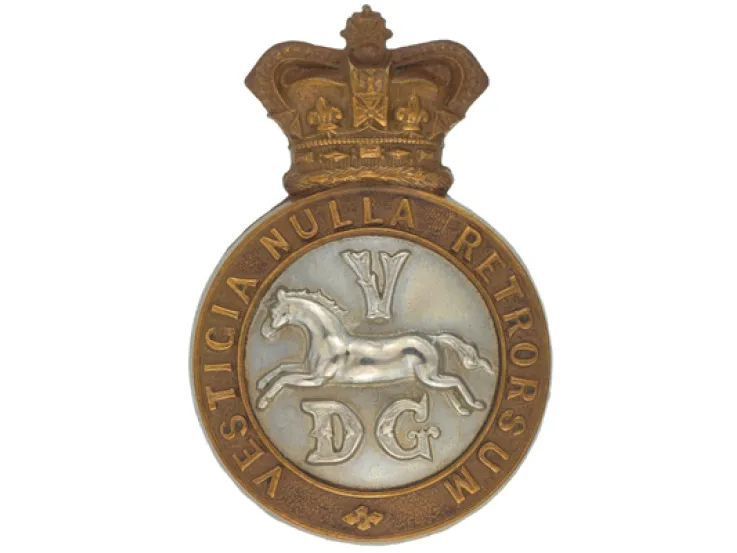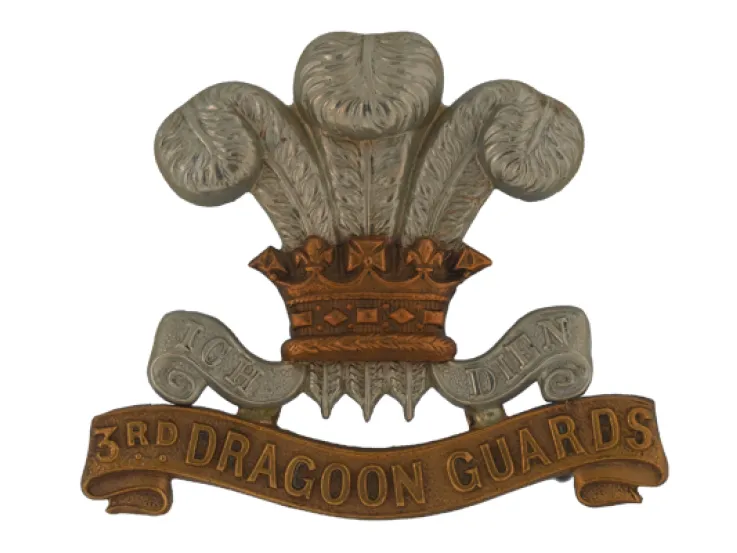Explore more from Regiments and Corps
The Royal Scots Dragoon Guards (Carabiniers and Greys)
2 minute read
Origins
The unit was formed in 1971 through the amalgamation of the 3rd Carabiniers (Prince of Wales's Dragoon Guards) and The Royal Scots Greys (2nd Dragoons). This means it has regimental ancestors dating back to 1685 and 1681 respectively, making it the British Army's oldest line cavalry regiment.
Immediately after its formation, it was sent on the first of four operational tours to Northern Ireland (1972, 1974, 1976 and 1980). For much of the 1970s and 1980s, it served in West Germany with the British Army of the Rhine, although squadrons also undertook United Nations (UN) tours to Cyprus.
Deployments
Part of the Royal Armoured Corps, it deployed its Challenger tanks during the Gulf War (1990-91), as well as to Bosnia (1996-97) as part of SFOR, a Nato-led peacekeeping force. In 1998, it became the first unit to operate the Challenger 2 main battle tank.
The regiment also served in a peacekeeping role in Kosovo in 2000-01. Two years later, it deployed to the Iraq War (2003-11), where it took part in the initial invasion and fought several armoured engagements around the city of Basra. It returned to Iraq again in 2006 and 2008.
Recent years
The regiment is now based at Leuchars in Fife. Its most recent overseas deployments have been to Afghanistan (2001-14) in 2008, 2011 and 2013-14, and to Cyprus again with the UN in 2017-18.
In 2013, it converted to a light cavalry reconnaissance role, exchanging its tanks for lighter vehicles such as the Jackal 2 and the Coyote tactical support vehicle.
Regimental museums
The National Army Museum works with a network of Regimental and Corps Museums across the UK to help preserve and share the history and traditions of the Army and its soldiers.
Discover more about The Royal Scots Dragoon Guards by visiting the Royal Scots Dragoon Guards Museum at Edinburgh Castle.










